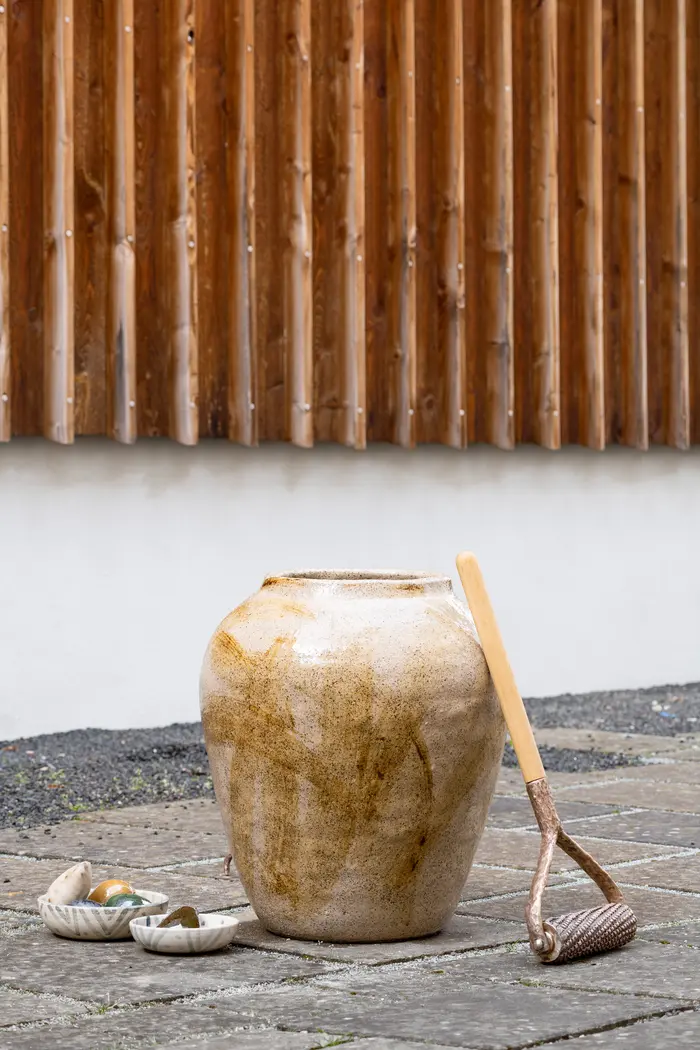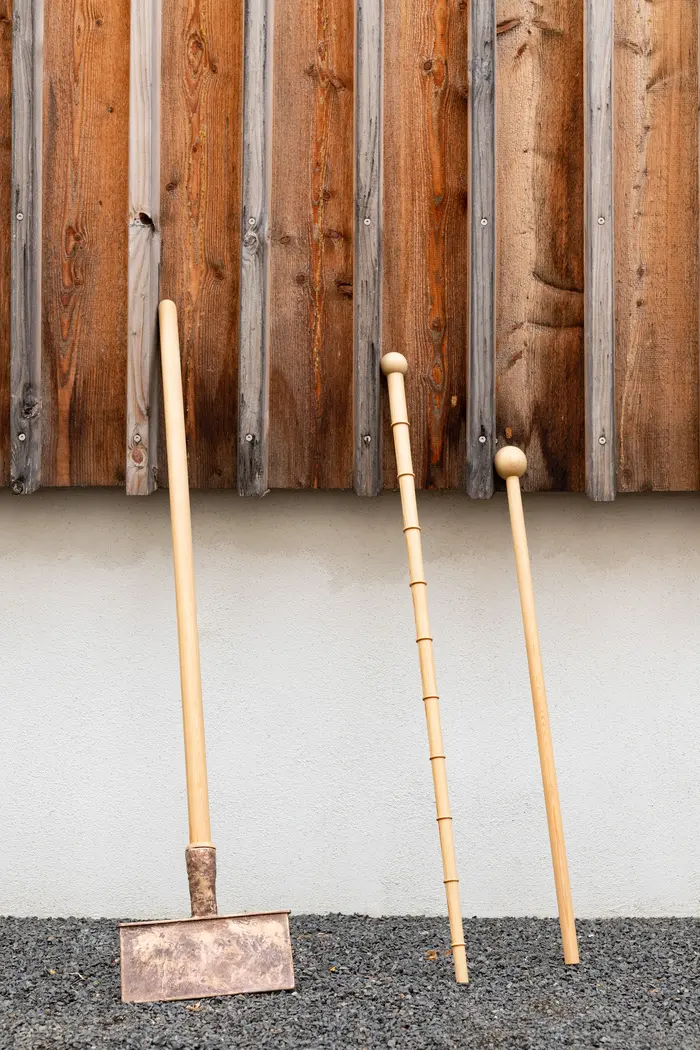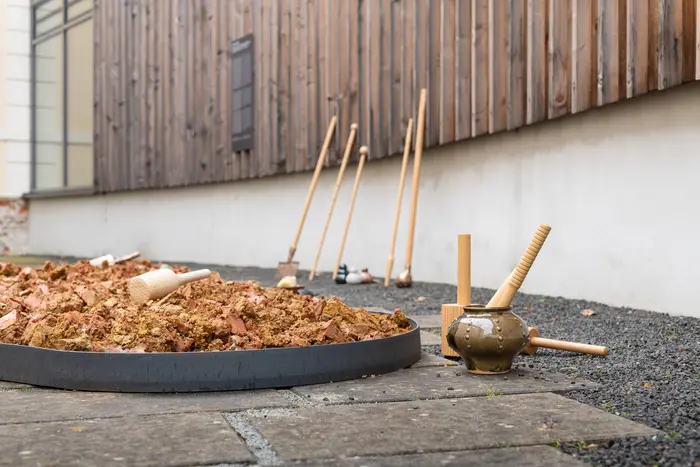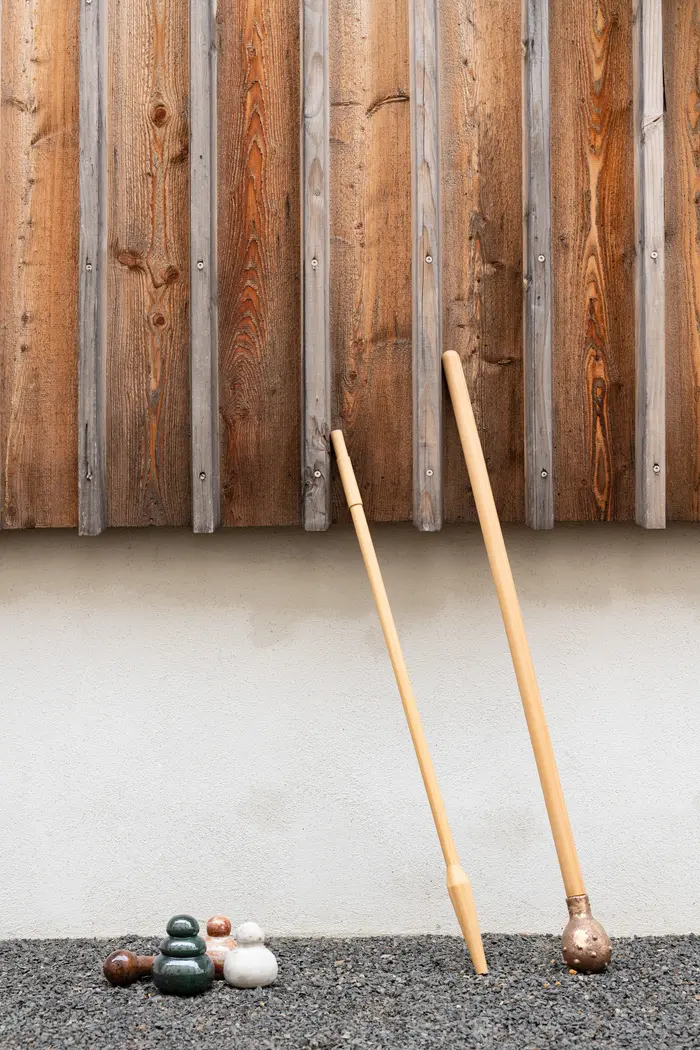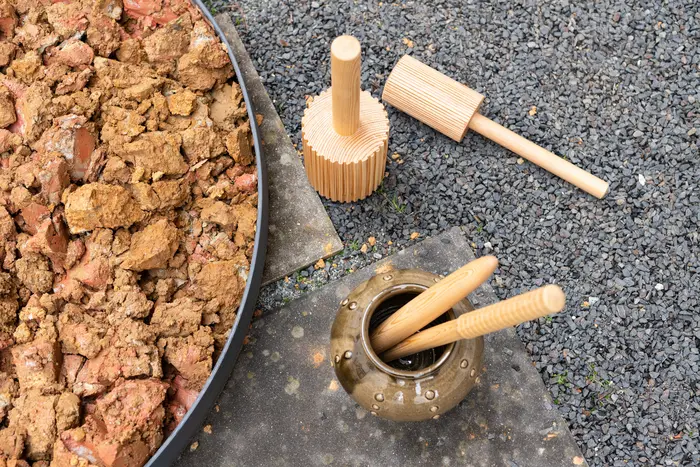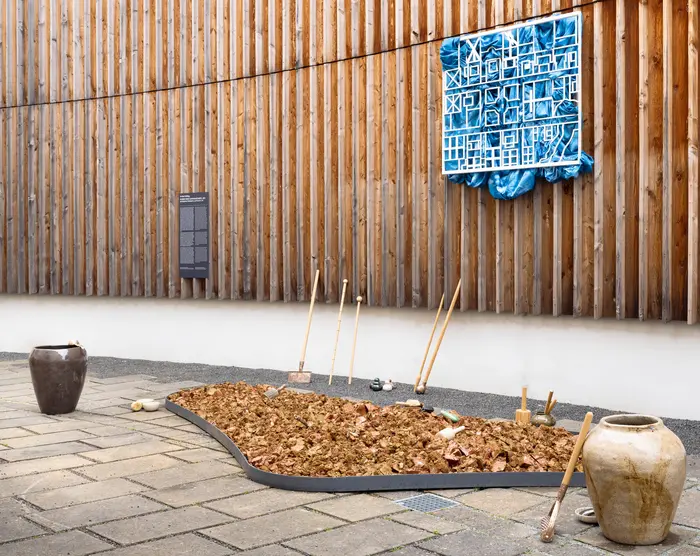Su-Ran Sichling: Blurred Edges, 2022
In the 18th century, the Moravians began to establish settlements and mission stations on five continents to spread their faith. They created a global network whose specifically built settlements were characterized by recurring architectural features. The self-contained urban layout of an ideal settlement served as a master plan for all other localities and was already intended to represent the everyday structure of the religious community visually. Numerous missions were established, often under hierarchical and colonial conditions. To this day, many different voices from the individual settlements and mission sites have been added to the Moravian Church as a result. The content of the missionary work is thus not the result of a homogeneous unidirectional practice of a "neutral sender" but a heterogeneous and non-linear approach. This is because the missionaries were equally influenced – albeit not to the same extent – by the exchange with their new brothers and sisters in faith.
bild
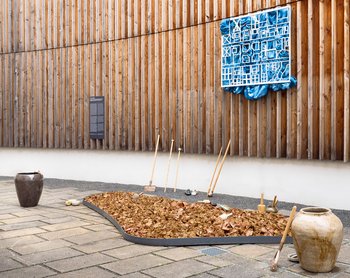
text 2
The plan of the prototype of a Herrnhut settlement is taken up in the museum's inner courtyard by the example of the town plan of Herrnhaag in the installation by Su-Ran Sichling. It takes the form of a metal grid, with the rigid, ideal construction softened around the edges. Incoming people repeatedly change the overall structure: Through this constant penetration of the grid with "foreign" influences, no "pure" transfers into other contexts can occur henceforth. A fabric dyed with indigo penetrates the rigid grid of the city plan and blurs the outer edges.
On the ground of the courtyard is a tub filled with clay. Utensils and water containers are placed around it. Several of the utensils refer to artifacts from the permanent exhibition of the Völkerkundemuseum, not taking into account their function or museological categorizations. The visitors are invited to try out these devices themselves in the tub and work the clay. In doing so, they inscribe themselves in an ever-changing process that places human action and interaction at the forefront and sets firmly established museal classifications into flux. Thus, the image of an equal, non-hierarchical and joint creation is able to emerge as a fleeting vision of the future.
Vita
Su-Ran Sichling (*1978) was trained as a pottery maker in Central Franconia and from 2004 studied sculpture at the Dresden University of Fine Arts, the École Supérieure d’art et design in Angers and the Academy of Fine Arts Vienna. While she was a master student of Martin Honert, she studied journalism at the Berlin University of the Arts and did her master’s thesis on the cultural self-understanding of migrant artists in Germany.
She taught in the fine arts faculty of the Institute of Architecture of the TU Berlin and is an artistic employee at the Dresden University of Fine Arts. In 2019 she held a workshop for architecture and art students in Mozambique in cooperation with the Escola Nacional de Artes Visuais, the Universidade Eduardo Mondlane, The Danish National Museum and the Goethe-Center Maputo.
